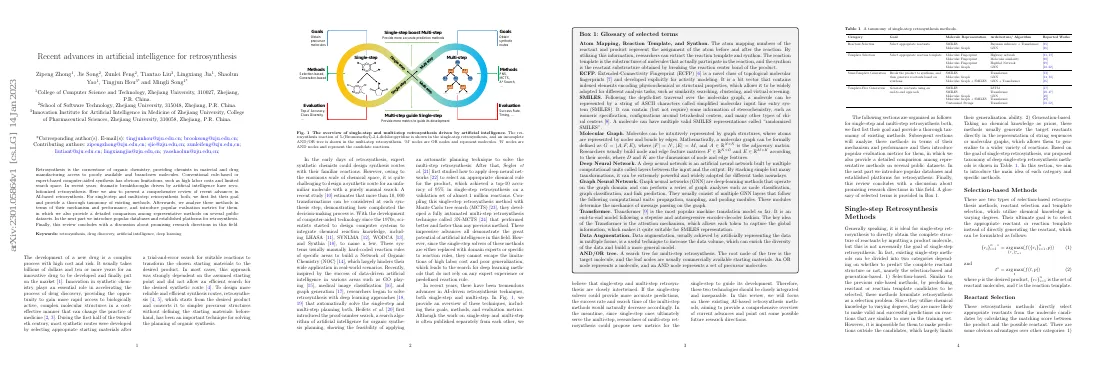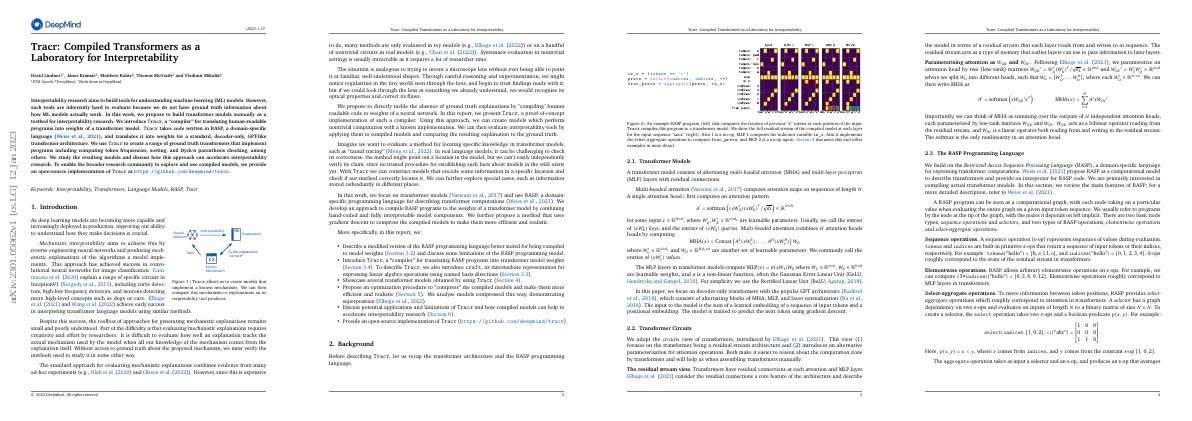
Dissociating language and thought in large language models: a cognitive perspective
Link to paper The full paper is available here. You can also find the paper on PapersWithCode here. Abstract LLMs can generate coherent, grammatical and seemingly meaningful text. LLMs are capable of performing tasks that require abstract knowledge and reasoning. LLMs show impressive performance on tasks requiring formal linguistic competence, but fail on tasks requiring functional competence. Paper Content Introduction Alan Turing proposed the Turing test to determine if an agent is a human or a machine....








